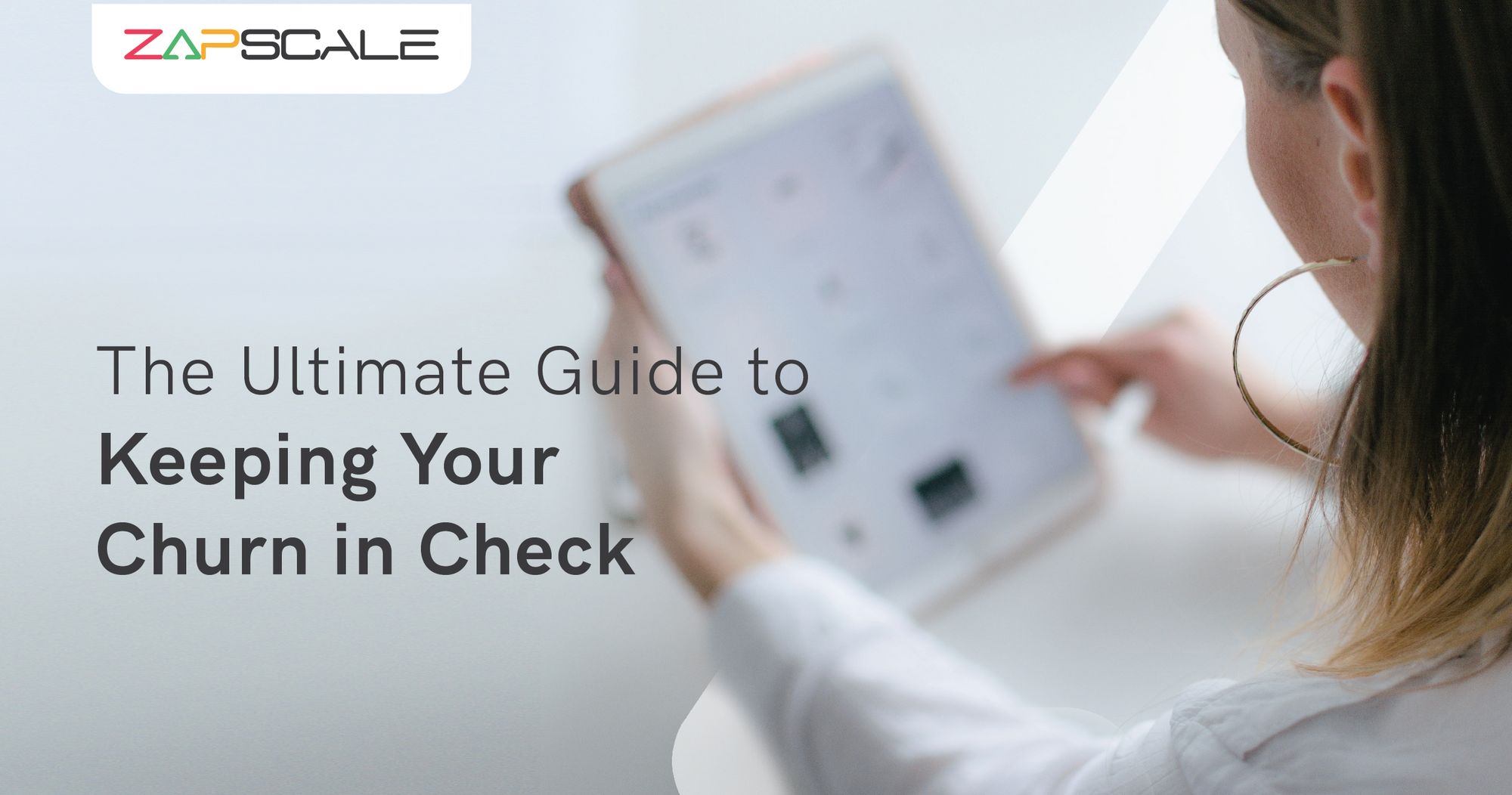CATEGORY > GLOSSARY
Customer Lifetime Value (CLV)
What is Customer Lifetime Value (CLV)?
CLV is the estimated total revenue a customer will generate throughout their relationship with the company.
It is calculated by forecasting the average customer lifespan and multiplying it by the average annual revenue per customer.
How To Calculate Customer Lifetime Value (CLV)?
CLV = Average Customer Lifespan * ARPA
An Example Of Customer Lifetime Value (CLV)
Let's say you're running a SaaS company that provides project management software.
Your average monthly revenue per customer is $50, and your average customer lifespan is 24 months.
Formula For CLV
CLV = Average Monthly Revenue per Customer * Average Customer Lifespan
Using the example figures:
CLV = $50 * 24 = $1200
So, the CLV for each customer in this scenario is $1200.
To calculate the CLV for your entire customer base, you would multiply the CLV per customer by the total number of customers you have.
Note- Keep in mind that this is a simplified version of CLV calculation and doesn't account for factors like customer acquisition costs, discount rates, or churn rates, which are important for a more accurate CLV calculation. Including these factors would provide a more nuanced and accurate understanding of the true value each customer brings to your business over their lifetime.
Insights about Customer Lifetime Value (CLV)
CLV helps understand the long-term value of customer relationships and informs decisions about customer acquisition, retention, and marketing investments.
TOP BLOGS
Quality Content,
Straight To Your Inbox!
Subscribe for the latest blogs, podcasts, webinars, and events!

Write a Blog
If you have experience in CS and
a flair for writing, we’d love to
feature you.
Write to us on
hello@zapscale.com

